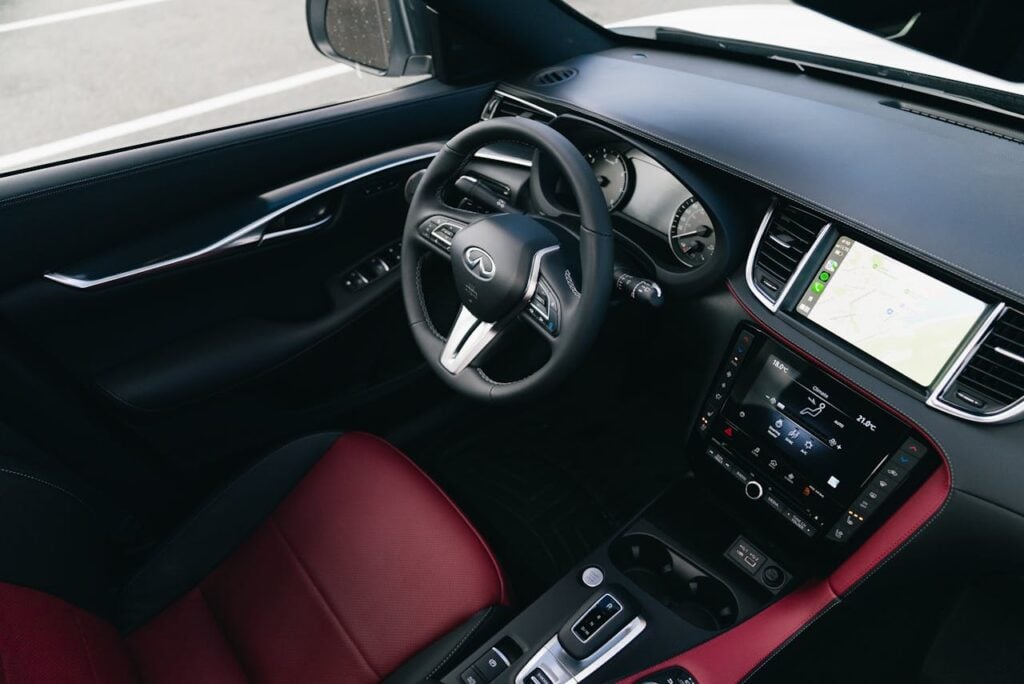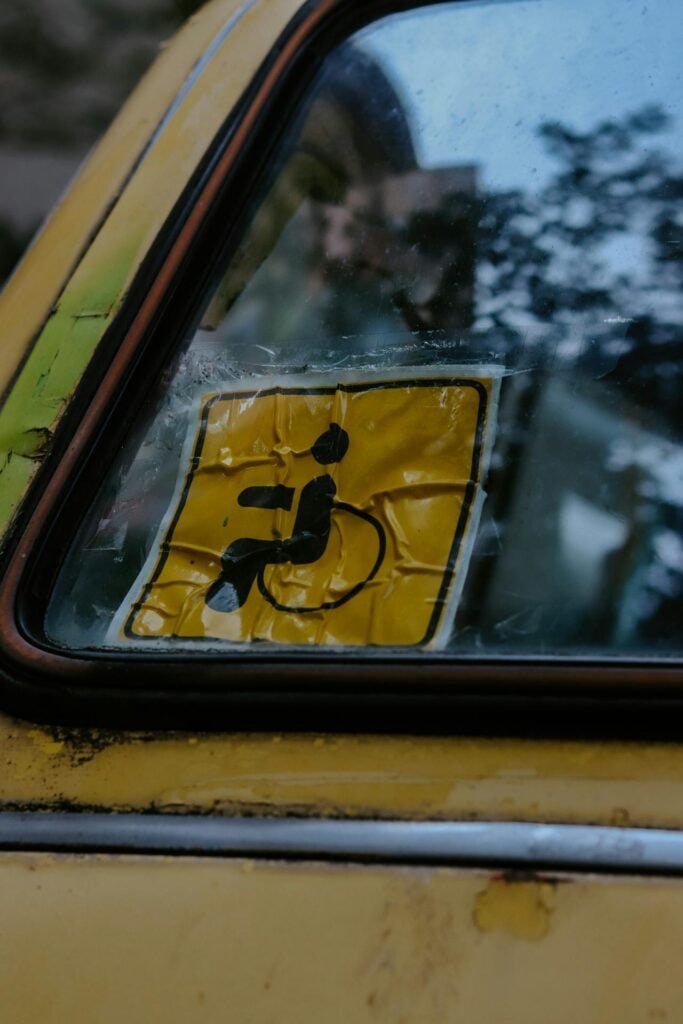Special disability or medical condition codes on an LTO driver’s license are special markings that identify if a driver has a disability or medical condition that requires certain restrictions or adjustments when driving. These codes make it possible for Persons with Disabilities (PWDs) in the Philippines to legally and safely operate vehicles suited to their needs. Instead of being denied a license outright, qualified applicants are given the chance to drive with specific conditions—such as using a customized vehicle, wearing corrective lenses, or driving only during daylight hours. This system helps protect the driver and the public while still respecting the independence of PWDs.
The Land Transportation Office (LTO) has clear guidelines for issuing driver’s licenses with special disability or medical condition codes that identify your condition and any restrictions needed to keep you and others safe on the road. This guide explains exactly how to apply, what documents to prepare, and what to expect during the process.

What Are LTO Condition Codes?
Condition codes on an LTO driver’s license are not punishments—they’re safety measures added when the old numeric driver’s license restriction codes (RC) were replaced with the alphanumeric DL codes. These condition codes are restriction markings added to your license to indicate that you have a medical condition or disability and may need special equipment, restrictions, or adjustments when driving.
Here are the existing LTO condition codes:
- Code 1: Wear corrective lenses (glasses/contact lenses)
- Code 2: Drive with special equipment for limbs
- Code 3: Drive only customized vehicles inspected and registered with the LTO
- Code 4: Daylight driving only (6:00 AM – 6:00 PM)
- Code 5: Hearing aid required
These codes protect you from being denied on the road and help law enforcement understand your driving limitations.
Who Can Apply for a Special Driver’s License?

Under Republic Act 7277 (Magna Carta for Disabled Persons) and DA Memorandum Circular No. 94-188, only qualified PWDs may apply. Eligible applicants include:
- Orthopedically impaired: Amputated arm/leg, or post-polio victims with one paralyzed leg
- Partially blind: No left eye but good right vision, or vice versa
- Speech and hearing impaired: Unable to speak but can hear, or partially hearing
Note: Those who qualify will only be issued a non-professional driver’s license.
Eligibility and Requirements
To apply, prepare the following:
- Must be at least 17 years old
- Must first hold a Student Permit with at least 30 days of driving apprenticeship
- Medical certificate from an LTO-accredited or government physician indicating your physical and mental condition
- Must pass both the written and practical driving exams
For those who already have a valid or renewable non-professional/professional license and later acquire a disability:
- Apply for replacement of your license with a Special Driver’s License
- Submit a new medical certificate from an accredited physician
- Must belong to the qualified categories listed above
Procedures
Here’s a simplified list of steps that you can follow to get the condition codes on your license updated:
Step 1. Consult an LTO-Accredited Physician
- Schedule a medical exam at an LTO-accredited clinic.
- PWDs should be given priority service.
- If needed, you may be referred to specialists like:
- Ophthalmologist (for vision)
- Rehabilitation Medicine Specialist (for orthopedic impairments)
- ENT Specialist (for speech/hearing impairments)
Step 2. Get Your Medical Certificate
- The physician will issue a certificate detailing your disability/condition, fitness to drive, and recommended restrictions.
- This is transmitted electronically to the LTO.
Step 3. Gather Your Documents
- Accomplished Application for Permits and Licenses (APL) form
- Valid ID
- Birth certificate / marriage certificate (if applicable)
- Tax Identification Number (TIN)
- Medical certificate from accredited clinic
Step 4. Complete the Theoretical Driving Course (TDC)
- Take the mandatory 15-hour class and secure a Certificate of Completion.
Step 5. Pass the Exams
- Written exam: driving rules, road safety, and traffic laws
- Practical test: assess your ability to drive safely, especially with special equipment (if required)
Step 6. Apply at the LTO Licensing Center
- Submit all requirements and wait for biometrics and photo capture.
Step 7. Receive Your License with Special Condition Codes
- Once approved, you’ll get your card with the codes printed, reflecting your disability/condition and driving limitations.
Common Problems and How to Handle Them
Many PWD applicants report frustrations such as:
- Being bounced between different LTO physicians
- Told to “go to the central office” without proper referral
- Required to get multiple specialist certifications
What you can do:
- Politely insist on your rights under the Accessibility Law (BP 344), which prioritizes PWDs in government services.
- Ask for an official referral if directed to another doctor.
- Keep copies of all medical results and certificates for easier processing.
Frequently Asked Questions (FAQs)
For your reference, here are some common questions and answers related to getting special disability/medical condition codes on your license:
1. Can a PWD get a professional driver’s license?
No, only a non-professional license is allowed.
2. What if I already have a license but then develop a disability?
You must replace your license with a Special Driver’s License with the appropriate condition code.
3. Can PWDs drive at night?
Generally, no. Driving is limited to daytime hours.
4. Do I still need to take exams even if I already drive well?
Yes. Both the written and practical tests are required for everyone.
Important Things to Remember
It would also help to remember the following:
- Driving limits: PWD drivers are generally restricted to daytime driving only (6 AM – 6 PM).
- Customized vehicles: If you’re orthopedically impaired, you can only drive the modified vehicle inspected and registered by the LTO.
- Fair treatment: By law, all LTO-accredited physicians must prioritize PWDs during medical exams. Any delays or refusals can be reported.
- License renewal: When renewing, always submit a new medical certificate confirming your condition and capacity to drive.
Video: DL Codes and Their Meanings
Driving gives independence, and having a disability or medical condition doesn’t automatically take that away. With the right documents, medical clearance, and compliance with LTO requirements, you can get a license with the appropriate special disability/medical condition codes. If you’re a PWD planning to apply, remember: the process may take patience, but you have the right to accessible and fair service. Learn more about the various license condition codes by watching this video below:
For more details and official updates, visit the LTO website.